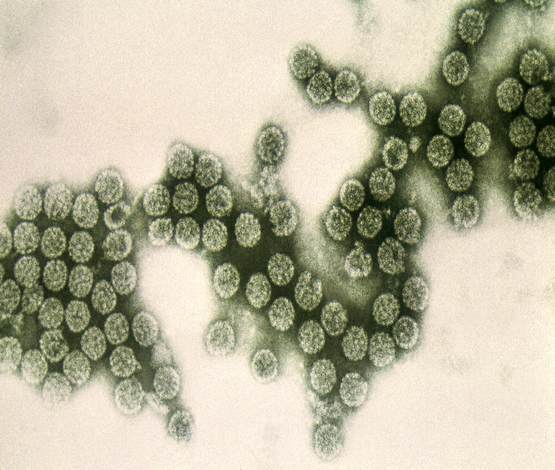IL-1 Beta Antibody, ALEXA FLUOR 350

Details
Gene ID Number
3553
Modification Site
None
Swiss Prot
P01584
Subcellular location
Secreted
Target Antigen
IL-1 Beta
Tested applications
IF(IHC-P)
French translation
anticorps
Modification
Unmodified
Clonality
Polyclonal
Concentration
1ug per 1ul
Excitation emission
343nm/442nm
Immunogen range
190-240/269
Conjugated with
ALEXA FLUOR® 350
Crossreactivity
Human, Mouse, Rat
Recommended dilutions
IF(IHC-P)(1:50-200)
Clone
Polyclonal antibody
Purification
Purified by Protein A.
Conjugation
Alexa Fluor,ALEXA FLUOR 350
Category
Conjugated Primary Antibodies
Host Organism
Rabbit (Oryctolagus cuniculus)
Also known as
Anti-IL-1 Beta PAb ALEXA FLUOR 350
Specificity
This is a highly specific antibody against IL-1 Beta.
Long name
IL-1 Beta Polyclonal Antibody, ALEXA FLUOR 350 Conjugated
Synonyms
IL-1; IL1F2; IL1-BETA; Interleukin-1 beta; IL-1 beta; Catabolin; IL1B
Cross-reactive species details
Due to limited amount of testing and knowledge, not every possible cross-reactivity is known.
Source
This antibody was obtained by immunization of the host with KLH conjugated synthetic peptide derived from human IL-1 Beta
Storage conditions
Store this antibody in aqueous buffered solution containing 1% BSA, 50% glycerol and 0.09% sodium azide. Keep refrigerated at 2 to 8 degrees Celcius for up to one year.
Gene
The Interleukin-1 family (IL-1 family) is a group of 11 cytokines, which plays a central role in the regulation of immune and inflammatory responses to infections or sterile insults. Rec. E. coli interleukin-1 for cell culture or antibody production.
Properties
For facs or microscopy Alexa 1 conjugate.Alexa Fluor 350 conjugates can be used in multi-color flow cytometry with FACS's equipped with a second red laser or red diode.If you buy Antibodies supplied by Bioss Primary Conjugated Antibodies. ALEXA FLUOR they should be stored frozen at - 24°C for long term storage and for short term at + 5°C.
Background of the antigen
Produced by activated macrophages, IL-1 stimulates thymocyte proliferation by inducing IL-2 release, B-cell maturation and proliferation, and fibroblast growth factor activity. IL-1 proteins are involved in the inflammatory response, being identified as endogenous pyrogens, and are reported to stimulate the release of prostaglandin and collagenase from synovial cells.